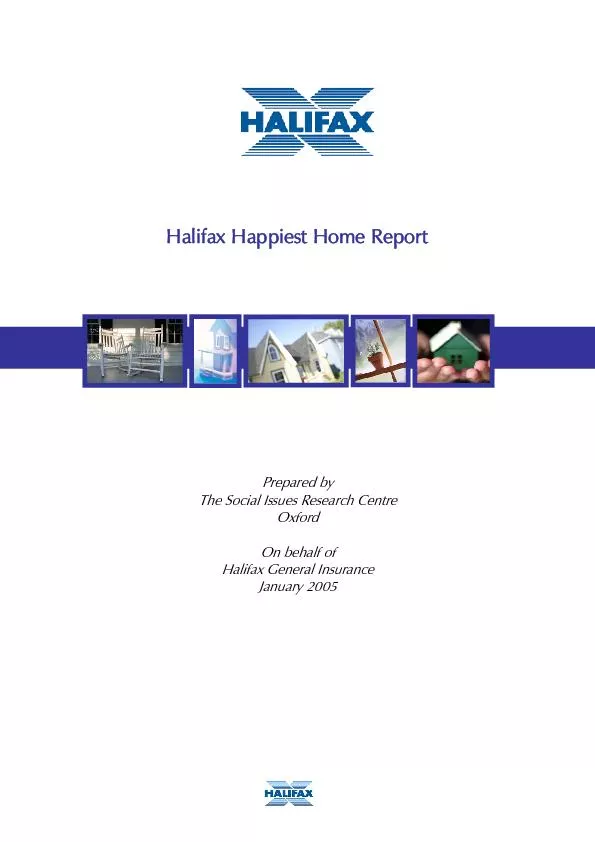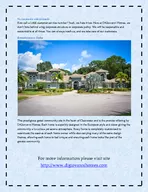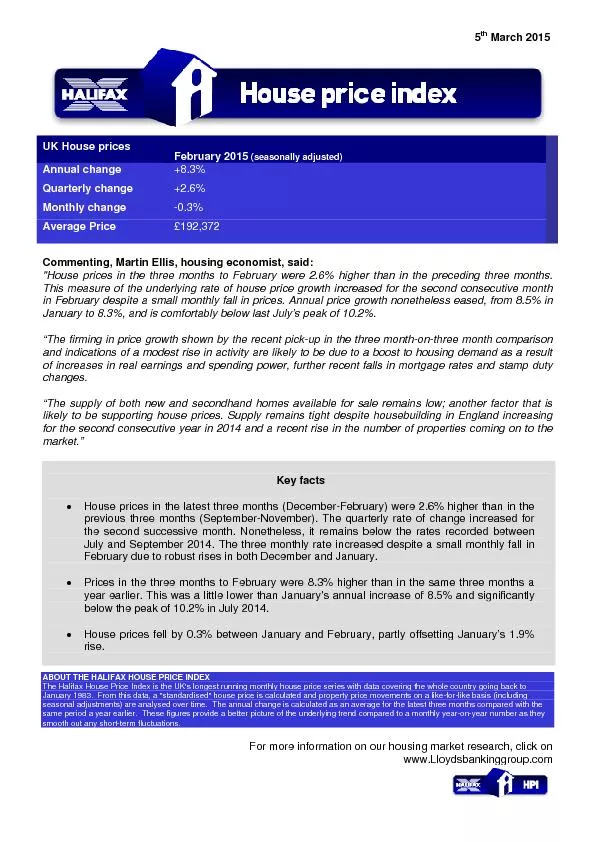PDF-Halifax Happiest Home Report
Author : danika-pritchard | Published Date : 2016-06-10
6 of 20 Figure 2 Type of house plotted against average happiness rating Plot of Means and Conf Intervals 9500HAPPY HAPPY FlatBungalowTerracedSemiDetachedType of
Presentation Embed Code
Download Presentation
Download Presentation The PPT/PDF document "Halifax Happiest Home Report" is the property of its rightful owner. Permission is granted to download and print the materials on this website for personal, non-commercial use only, and to display it on your personal computer provided you do not modify the materials and that you retain all copyright notices contained in the materials. By downloading content from our website, you accept the terms of this agreement.
Halifax Happiest Home Report: Transcript
Download Rules Of Document
"Halifax Happiest Home Report"The content belongs to its owner. You may download and print it for personal use, without modification, and keep all copyright notices. By downloading, you agree to these terms.
Related Documents














